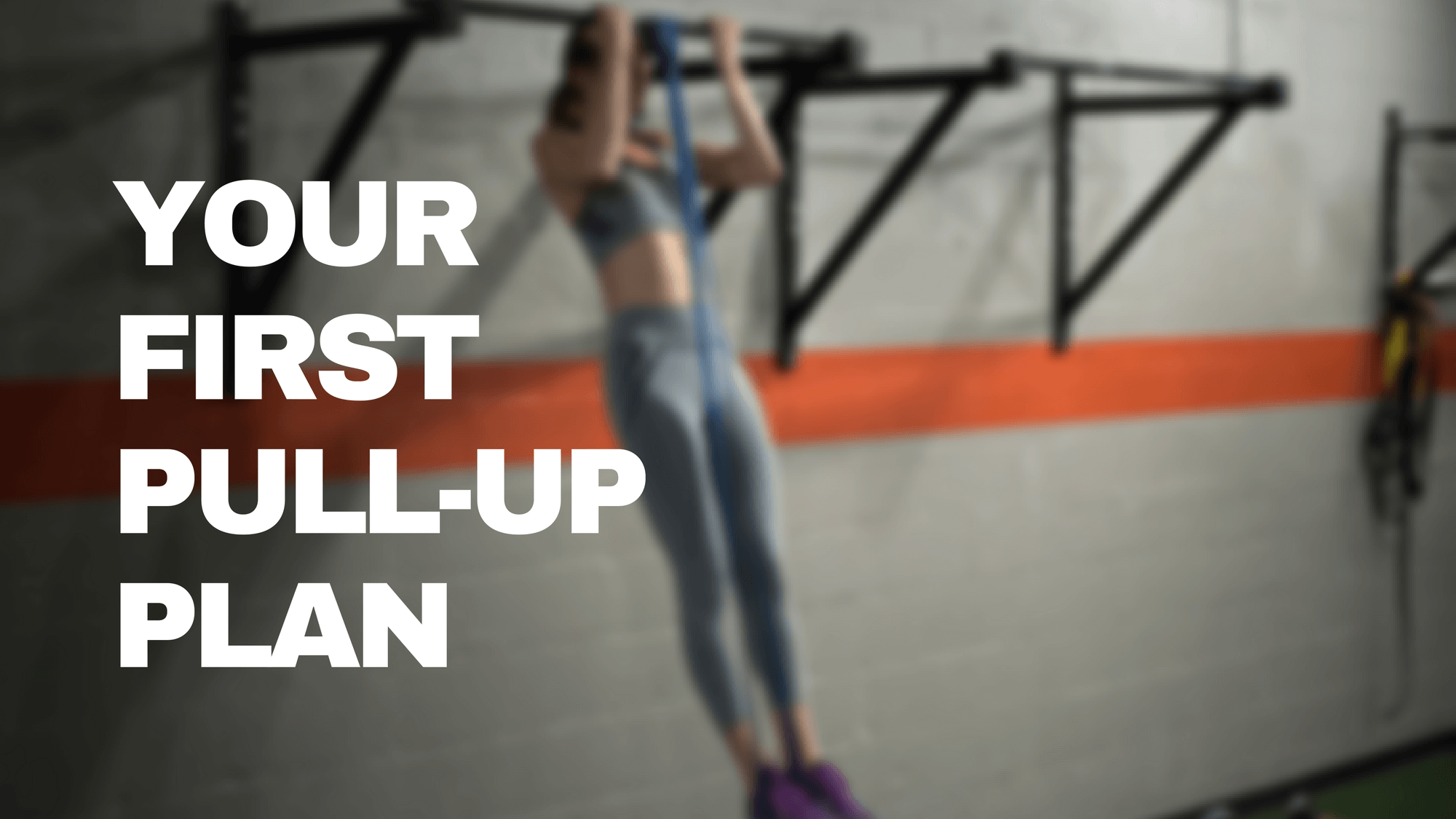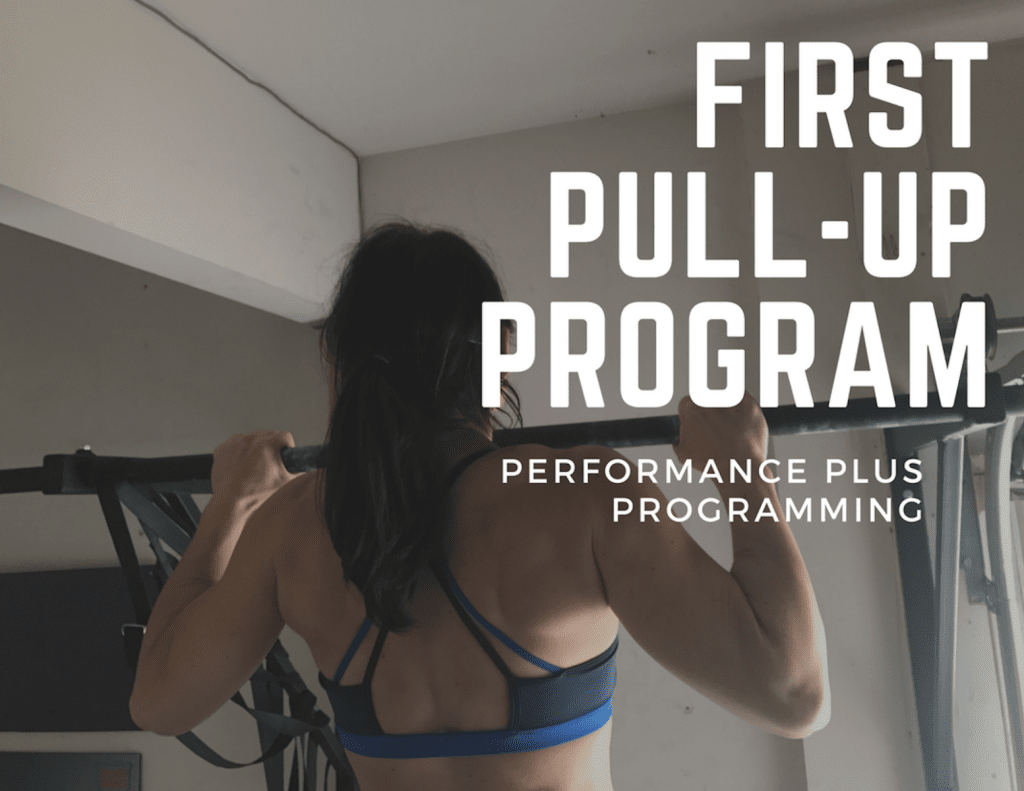An unassisted pull-up is a foundational movement for the fitness athlete. This movement is often underestimated in its importance. Requiring back, core, and shoulder strength, this movement is fantastic for any athlete.
The major problem with the pull-up is that many athletes struggle to build the foundation of a sound pull-up. And they set themselves up with appropriate progressions for long term development of pull-up strength. All too often (especially in the CrossFit world), athletes skip the foundational development of strict pullups and go prematurely into utilizing a kip to get over the bar.
From a performance perspective, these athletes will quickly hit a “wall” in their pull-up strength when lack of strength catches up to the skill of kipping pullups. From a health perspective, all too often, these athletes lack the shoulder strength and stability to control the descent of a kipping pull-up.
While the kip allows them to get over the bar, this strength deficit results in them being unable to effectively dissipate the forces generated during the kip with muscular strength. The load then gets transferred into the passive structures of the shoulder, such as the labrum and injuries such as SLAP tears result.
There is no excuse for strict pull-up strength not to be a priority in the fitness athlete’s training plan.
But few know how to properly progress this movement!
The typical answer we see with pull-up deficits is to do band-assisted pull-ups.
But if you seriously think about banded pullups, count how many people make the transition from banded pullups to unassisted pullups…. it’s pretty low.
Because the band provides maximum assistance in the bottom of position, never allowing athletes to develop enough strength in that range.
If we compare this number to other skill progressions such as weightlifting, rope climbs, or pistol squats, I’d argue that this pull-up assistance exercise does not provide consistent enough results in terms of long term exercise progression.
So what is the answer? How do we get from assisted to strict unassisted pullups? Let’s take a look at three exercises that can replace the band-assisted pull-up.
Exercises to Build to an Unassisted Pull-up
Active Hang
First, to develop strength and control for the bottom position of an unassisted pull-up, we’ll start with active hanging. The athlete grasps the bar with both hands while hanging and then repeatedly pulls down on the bar with the elbows remaining straight. This control will translate greatly to decreased soft tissue stress during advanced pull-up variations, such as the kipping pull-up.
Toe Assisted Pull-ups
Rather than band-assisted pull-ups, the toe assisted allows to max loading throughout the full range, so the athlete only gives as much assistance as is needed to complete the rep. The athlete starts standing on a box high enough that his or her chin is above the bar. Then the knees are pushed forward, and the athlete lowers into a squat-like position until the arms are fully extended. Then the athlete pulls the elbows down to return to the starting position. These are great for building lat strength.
(Follow Pamela Gagnon for more drills like this one!)
Eccentrics
The third drill we will use to build unassisted pull-up strength is eccentric pull-ups where the athlete jumps up so that his or her chin is above the bar. Hold the top position for three seconds, lower for three seconds, hold the bottom for three seconds, and then jump back up and repeat.
The Plan:
READY TO FINALLY GET YOUR FIRST PULL-UP? DOWNLOAD OUR “FIRST PULL-UP PLAN”







